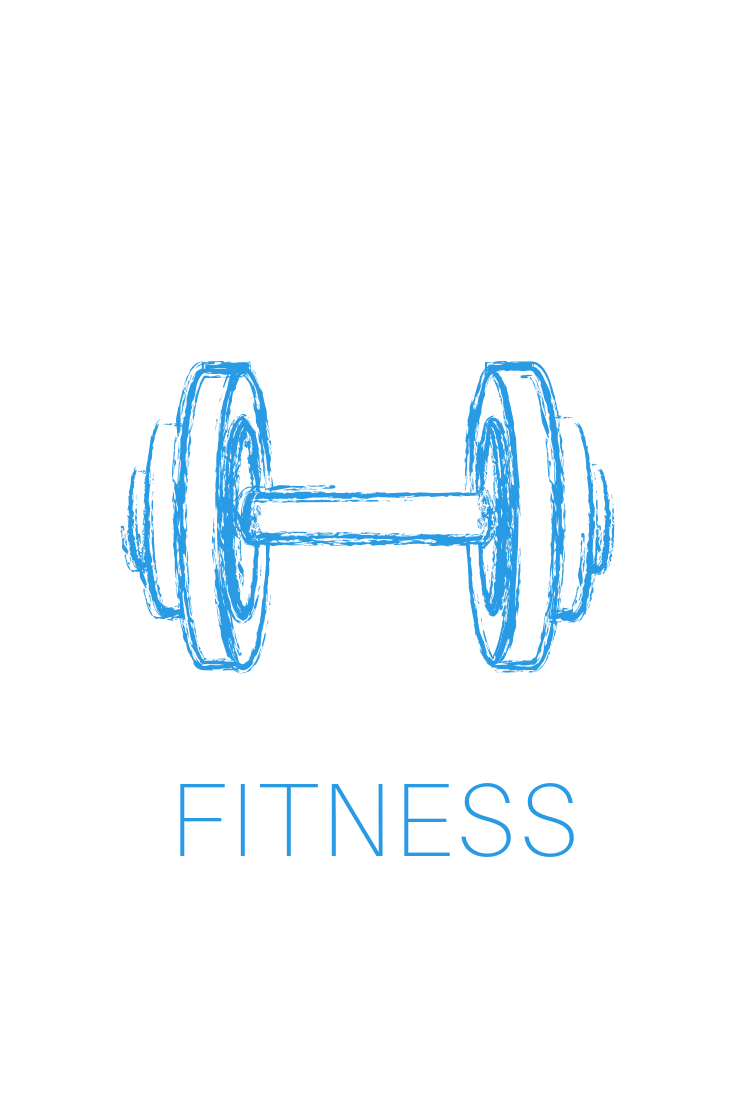Is Walking Or Running Better For Fat Loss?
Both walking and running provide fantastic health benefits including fat loss, but these two workouts are not created equal.
Walking and running are both forms of cardiovascular exercise which is any type of exercise that elevates your heart rate for a period of time. Cardiovascular exercise helps prevent chronic health conditions, strengthens your heart, increases immunity, and assists with improved mental health. Both running and walking are also proven to be effective in promoting fat loss, but which one is the MOST effective.
If we look at this as a simple mathematical equation, running for a certain period of time burns close to twice the number of calories as walking for the same amount of time. Running for 30 minutes will use approximately 396 calories compared to around 228 calories burned while walking for 30 minutes. However, when comparing the two forms of exercise with regards to distance, walking for 5kms will burn around the same amount of calories as running for 5kms. Walking tends to take twice as long. Therefore running is a more efficient from of exercise in terms of calorie burn than walking.
Running scores another point in the “after burn” category. As running is of a higher intensity, the body takes longer to recover which results in greater EPOC (excess post-exercise Oxygen Consumption) increasing the metabolism for a longer period of time after the exercise is complete. Research published in the The Journal of Strength & Conditioning Research found that this after-burn lasts for around five minutes longer for runners than it did for walkers, so it’s not an incredibly significant change.
OK, time to give walking a leg-up (pun intended) by highlighting the low injury rates that occur compared to running. A running action requires both feet to be off the ground at the same time, which increases the force placed on your joints as you land. There are countless stories of people who decide to take up a running program with the goal of losing weight, and yet quickly find themselves dealing with niggling injuries. Runners are also more likely to over-train - when they build up the kms too quickly they can “burn out” and this fatigue sees many people drop out of running programs before they see real results.
Whether you are running or walking, studies show that interval training is the best way to increase the amount of fat loss during training. Interval training is a form of exercise that requires you to push yourself out of your comfort zone for a short period of time and then recover. For example if you are walking, when you reach a hill, go as fast as you can until you get to the top, then slow down back into your usual pace. Or find a set of stairs and power up them. If you are running, try sprinting around an oval a few times or running as fast as you can from one telegraph pole to the next. Forcing your body to adjust to this “uncomfortable pace” for a short period of time promotes many physiological changes that favour long-term weight loss.
Conclusion
If we are looking at this from a weight loss perspective alone, running is the winner. When researchers compared 32,000 runners from the National Runners’ Health Study with 15,000 walkers from the National Walkers’ Health Study after about six years, they found that calories burned through running led to 90 percent more weight loss than calories burned through walking. However the benefits of walking should not be ignored as it is a highly effective form of exercise which improves many health markers and may be more accessible to those dealing with chronic injuries or other health concerns.
Running and walking are both incredibly powerful ways to stay healthy and, best of all, don’t cost a cent!
Ultimately, the most effective exercise for weight loss is the one that you will do regularly and consistently.
by Angie Black
Hey! I’m Angie. I’m passionate about fitting exercise into your life, for the rest of your life.
BLOG CATERGORIES:







